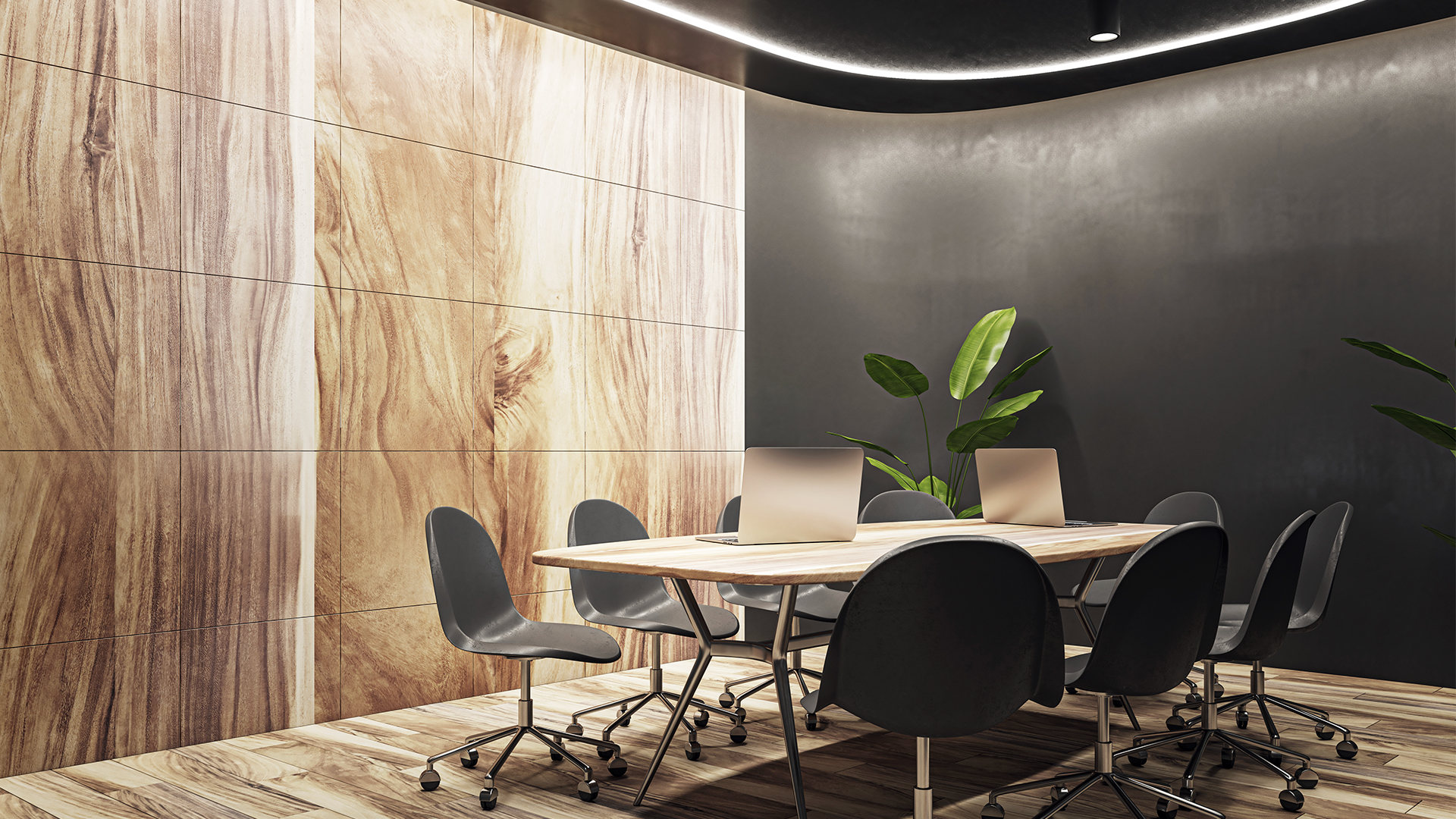Share This
Related Posts
Tags
Sustainable buildings
By Lee Ann Stiff on Mar 26, 2025 in Technology

For many CRE operators, the future is green. Businesses of all sizes are achieving sustainability by leveraging software for sustainable buildings.
The latest tech offers detailed consumption insights, automates resource optimization, promotes waste reduction and engages occupants through access to building performance data.
How facility management software drives sustainability
Facility management tech is transforming how the industry monitors, manages and maintains facilities. Eco-minded strategies utilizing the latest software tools aim to reduce a building’s environmental footprint, conserve resources and promote energy efficiency.
Traditionally, managing a building’s environmental impact required manual processes, making it challenging to monitor resource usage in real time. Now, with sophisticated software, facility managers can track, analyze and adjust environmental metrics instantly.
These software tools integrate with building systems — such as heating, ventilation, air conditioning (HVAC) and lighting — and provide real-time data on energy usage, water consumption and other critical resources. By consolidating data in one platform, facility managers gain a holistic view of a building’s performance, allowing them to make data-driven decisions that reduce waste and improve sustainability.
Key features of eco-friendly facility management
One of the main ways software aids in sustainable facility management is through energy monitoring and optimization. With detailed insights into energy consumption, facility managers can identify high-usage areas and adjust operations accordingly.
Some software for sustainable buildings can provide predictive analytics and artificial intelligence to optimize energy use, automatically adjusting HVAC settings and lighting based on occupancy or weather patterns. By reducing unnecessary energy consumption, facilities can significantly lower their carbon footprint and cut down on utility costs.
Water management is another critical focus of eco-friendly facility management. Leaks, excessive water use and inefficient plumbing fixtures all contribute to environmental impact. Software solutions can detect irregularities in water usage and automatically alert facility managers, allowing for quick fixes to conserve water and prevent costly damage. These systems can also monitor and adjust water usage to ensure efficient irrigation schedules and optimal consumption in restrooms and kitchens.
Waste reduction & recycling
Modern facility management software also supports waste management and recycling programs. Waste tracking tools allow facility managers to monitor waste production, track recycling rates and identify areas where waste can be reduced. For example, facilities can implement smart sorting solutions that use sensors to ensure waste is disposed of correctly. By actively tracking waste production and recycling efforts, facility managers can focus on waste reduction targets and minimize landfill contributions.
Enhancing occupant engagement
An often-overlooked aspect of facility management software is its ability to create transparency and engage building occupants in sustainability efforts. Many platforms offer interfaces or mobile apps that allow occupants to view real-time data on a building’s environmental performance. By increasing awareness, occupants are more likely to adopt conservation-friendly behaviors, such as turning off lights, using recycling bins correctly or reducing water use. Some platforms even gamify sustainable actions, offering rewards or recognition to individuals who help advance a facility’s green goals.
Improving space utilization
It’s important to maximize space when real estate costs are unstable and hybrid work is the new normal. Facility management software offers detailed insights into how spaces are being used within a workplace. It can track room occupancy, desk usage and the overall flow of employees throughout the building.
This data allows facility managers to make informed decisions about space allocation. For example, underutilized areas can be repurposed or reconfigured to better meet employees’ needs. By ensuring that every square foot of the workplace is used efficiently, organizations can reduce waste, cut costs and create a more productive environment.
A greener future with software for sustainable buildings
With smart software-driven facility management, sustainability becomes a measurable, achievable goal. As these tech evolves, it integrates with technologies such as the Internet of Things (IoT) and artificial intelligence. These integrations enable even greater levels of efficiency and control. The future of eco-friendly facility management is likely to include autonomous systems that adjust building operations dynamically based on real-time data, ensuring that resources are conserved without sacrificing comfort or functionality.
Ready to empower your facility managers with software for sustainable buildings? Learn more about Yardi Facility Manager.
